Optimal Timing for Fire Restorations
Fire restorations are most effective when performed promptly after a fire incident. Immediate response minimizes damage progression and reduces restoration costs. Seasonal considerations also influence the timing, with milder weather conditions facilitating safer and more efficient restoration activities.
Conducting fire restorations immediately after a fire helps prevent further damage from smoke, water, and mold. Early intervention can preserve structural integrity and reduce long-term costs.
Spring and fall often provide optimal weather conditions for restoration work, with moderate temperatures and lower humidity levels supporting effective cleaning and repairs.
Extreme weather, such as winter cold or summer heat, can delay restoration efforts. Planning around favorable weather ensures safety and quality of work.
Assessments should be performed as soon as possible after the fire to determine the extent of damage and establish a restoration timeline.
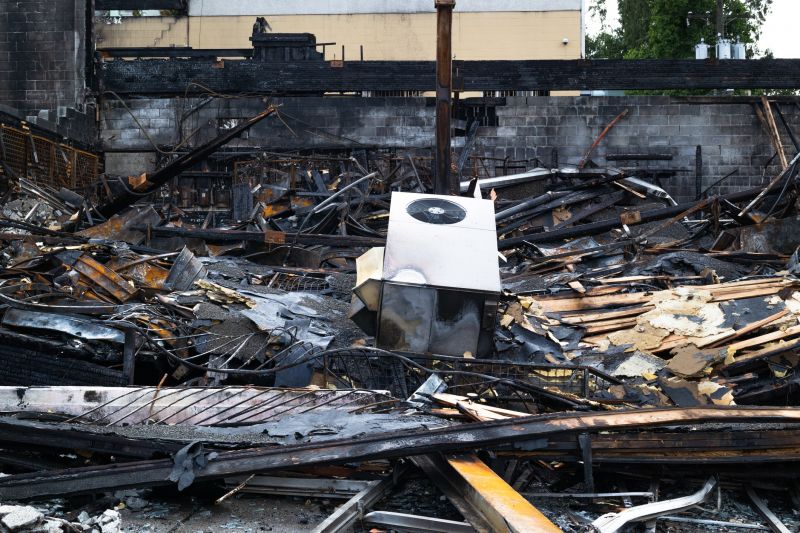
A detailed assessment of fire-affected areas.
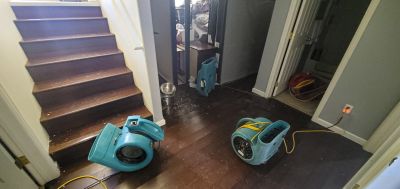
Tools used during fire damage cleanup.
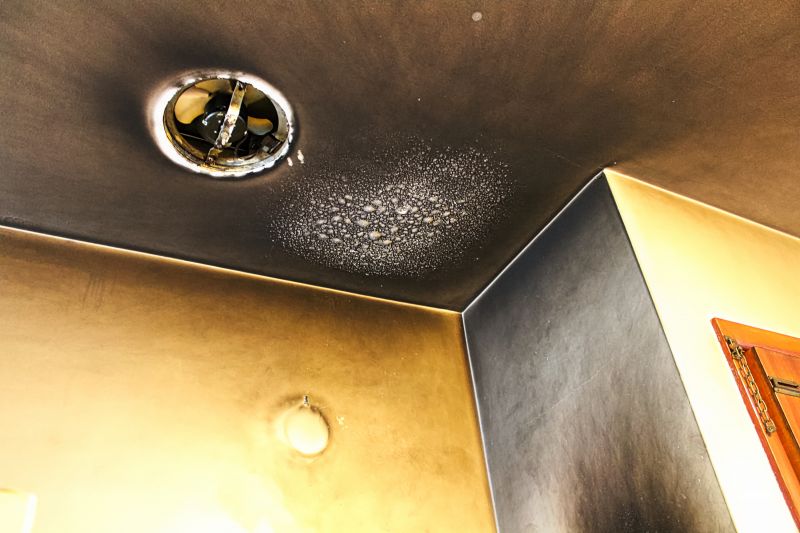
Cleaning process of affected surfaces.
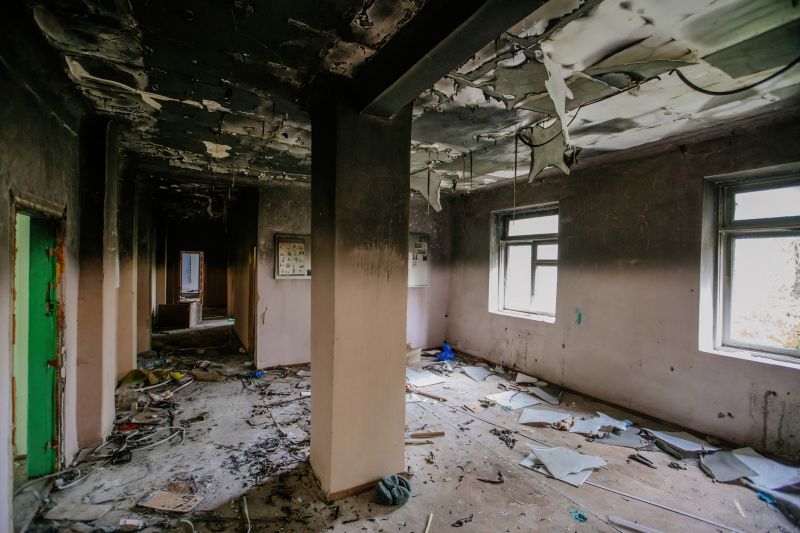
Ways to make Fire Restorations work in tight or awkward layouts.
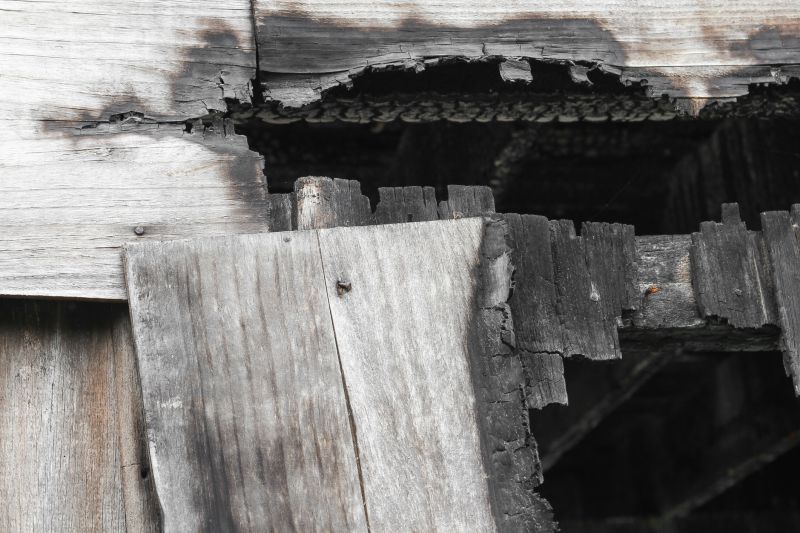
Popular materials for Fire Restorations and why they hold up over time.
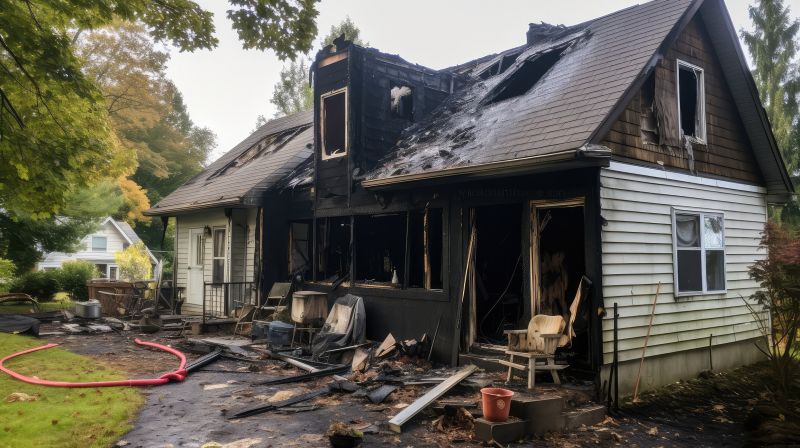
Simple add-ons that improve Fire Restorations without blowing the budget.
| Season | Advantages |
|---|---|
| Spring | Moderate temperatures and lower humidity support effective restoration work. |
| Summer | Longer daylight hours facilitate scheduling, but high temperatures may require additional precautions. |
| Fall | Ideal weather conditions for outdoor restoration activities. |
| Winter | Cold weather can delay drying and cleaning processes, requiring additional planning. |
Proper planning and scheduling of fire restorations ensure safety, efficiency, and effectiveness. Factors such as weather conditions, severity of damage, and property use patterns influence the optimal timing. Understanding these variables helps in making informed decisions for fire damage management.
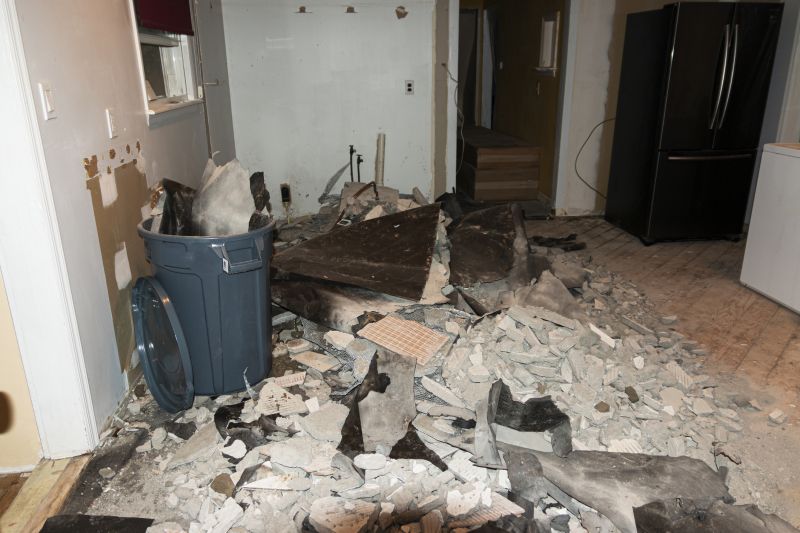
Removing debris and soot from affected areas.
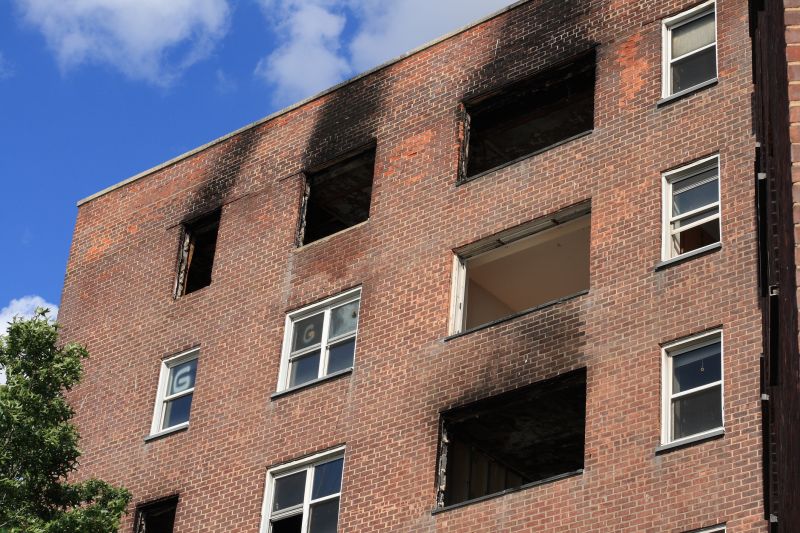
Restoring damaged building frameworks.
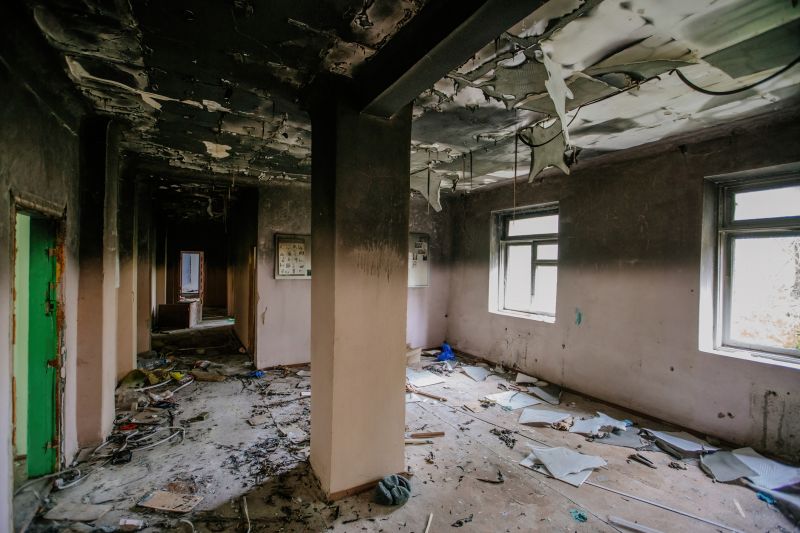
Eliminating smoke odors from interiors.

Completing repairs and preparing for occupancy.
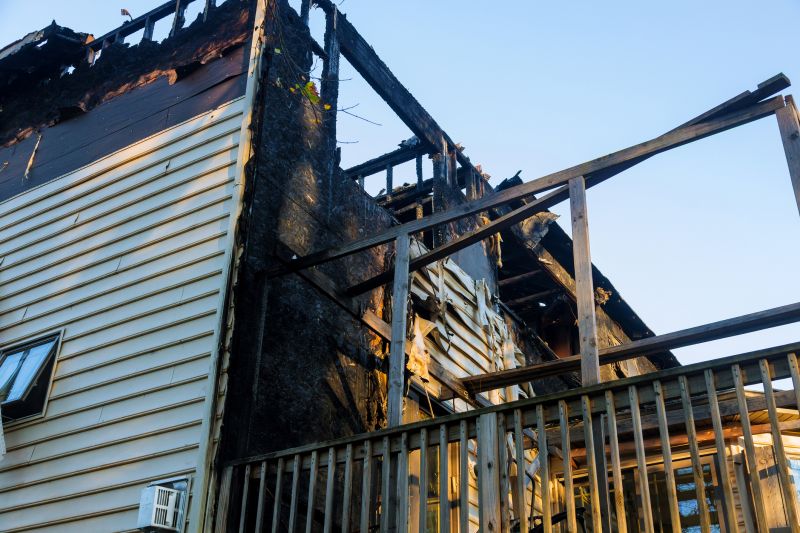
High-end options that actually feel worth it for Fire Restorations.
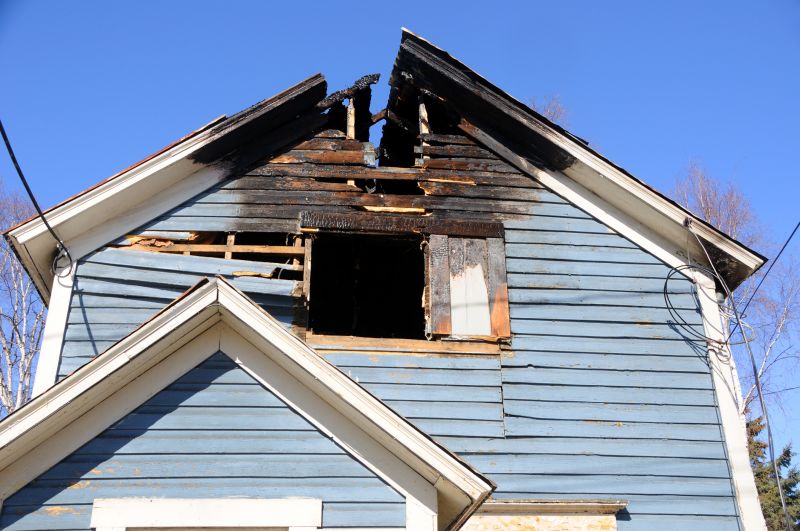
Finishes and colors that play nicely with Fire Restorations.
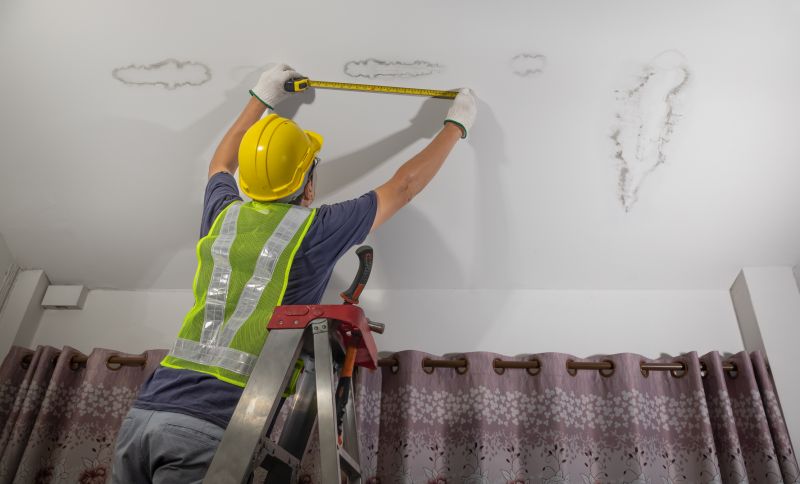
Little measurements that prevent headaches on Fire Restorations day.
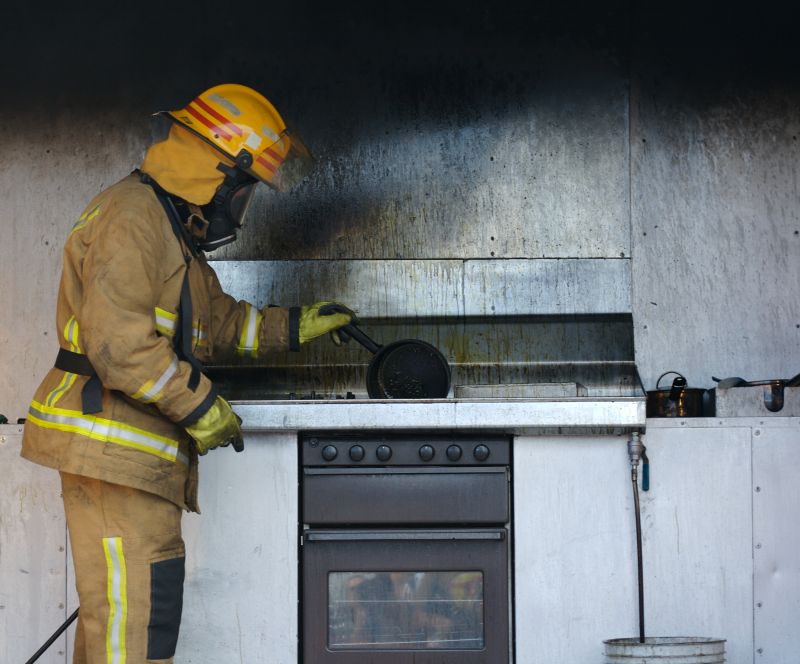
A 60-second routine that keeps Fire Restorations looking new.
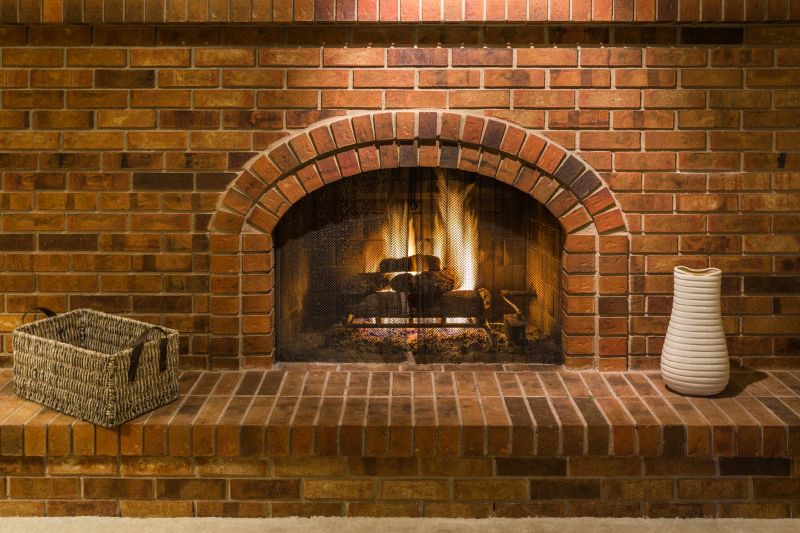
A frequent mistake in Fire Restorations and how to dodge it.

Small tweaks to make Fire Restorations safer and easier to use.
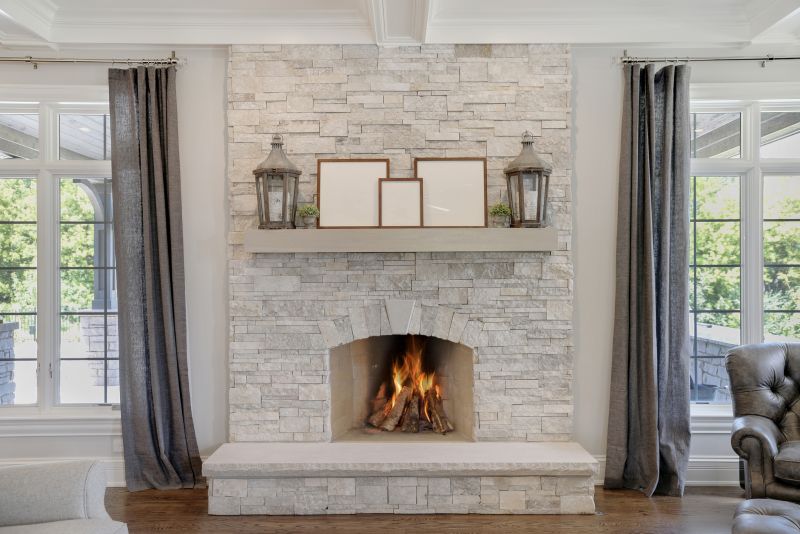
Lower-waste or water-saving choices for Fire Restorations.
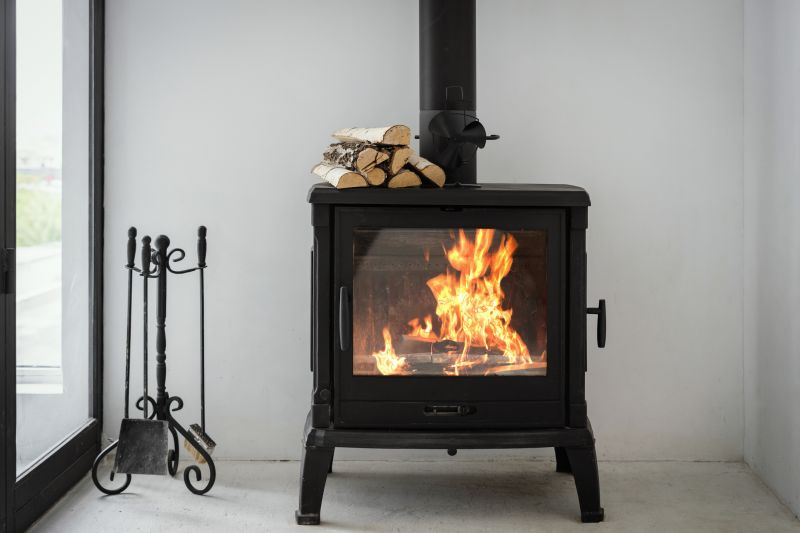
The short, realistic tool list for quality Fire Restorations.
Interested parties are encouraged to contact for more information on fire restoration services. Timely action can help mitigate damage and restore property to its original condition efficiently.
